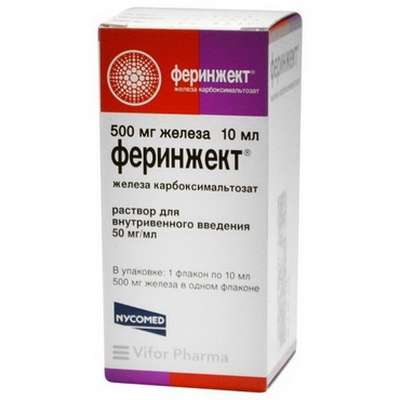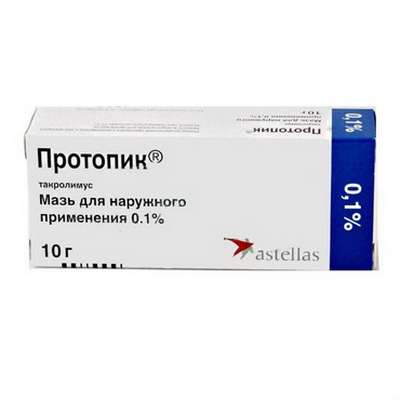Role of ultrasound examination of the heart in sport
31 Mar 2017
Athletes of power sports, where isometric load predominates in many respects (that is, muscle contraction lasts a long time, causing the heart to force blood into the loaded muscle), there are strong physical overloads, increasing the likelihood of pathological changes in some organs and tissues (cardiovascular System, for example).
An important aspect is the reception of steroids and growth hormone (their joint intake significantly increases the growth of the walls of the left ventricle), they accelerate the recovery and growth of sports results, while leading to concentric hypertrophy of the myocardium, changes in the lipid profile of the blood, bile stasis, pathological changes in the liver (in In case of abuse of tableted AS), etc., the heart most often undergoes dangerous changes. Risk factors in this case are:
- Overloads in the prevalence of isometric work lead to the adaptation of the heart, which is manifested in the thickening of the walls of the left ventricle, a similar change can be physiological (that is, play a role in a stronger discharge of blood into the aorta without disruption in work), but also pathological Lead to violations in the work)
- The joint use of AS and growth hormone during the preparation, also can enhance the development of concentric hypertrophy of the myocardium. This fact is evidenced by the work published in the international journal of sports medicine in 2003
The variation on the ultrasound of the heart is stress-ultrasound, that is, ultrasound examination before and after exercise, it gives more complete information about possible functional and structural changes: ventricular size, ejection fraction, violation of heart rate after exercise. Carrying out echocardiography of the heart muscle, the athlete will be able to monitor possible changes and respond to them in a timely manner. You can buy Mildronate.
It is worth mentioning one more method of ultrasound diagnostics, it is based on the property of an ultrasonic wave to change the frequency due to reflection from moving objects (the frequency varies according to the speed of movement of the object) - dopplerography. The described method makes it possible to study the movement of fluid (including blood) in vessels, atria and ventricles. The study of the movement of blood can show its non-specific current through the heart (for example, the return of blood in the opposite direction when moving through the heart, the so-called regurgitation, can indicate a number of changes in the valves or heart defects).
At the same time, Doppler ultrasonography has proven itself in the study of blood vessels (diagnosis of aneurysms, for example), consider the main risk factors that indicate the relevance of this procedure in athletes:
1. The development of vascular atherosclerosis in the absence of the possibility or desire to conduct biochemical blood tests (lipid profile), the reception of the AS is able to greatly increase the risk of atherosclerotic plaques (especially in the case of strong suppression of estradiol with excessive consumption of aromatase inhibitors)
2. High blood pressure is also a risk factor, and most of the athletes who take AC have repeatedly faced this.
3. The athlete's floor. Men are more likely to suffer from cardiovascular diseases and vascular aneurysms in particular.
Of course, ultrasound studies are not the only means of diagnosis, nevertheless they seem to the author quite a convenient, universal method for diagnosing the state of the heart, as well as other organs and tissues. Particularly important is the method presented for athletes with the above risk factors.

 Cart
Cart





